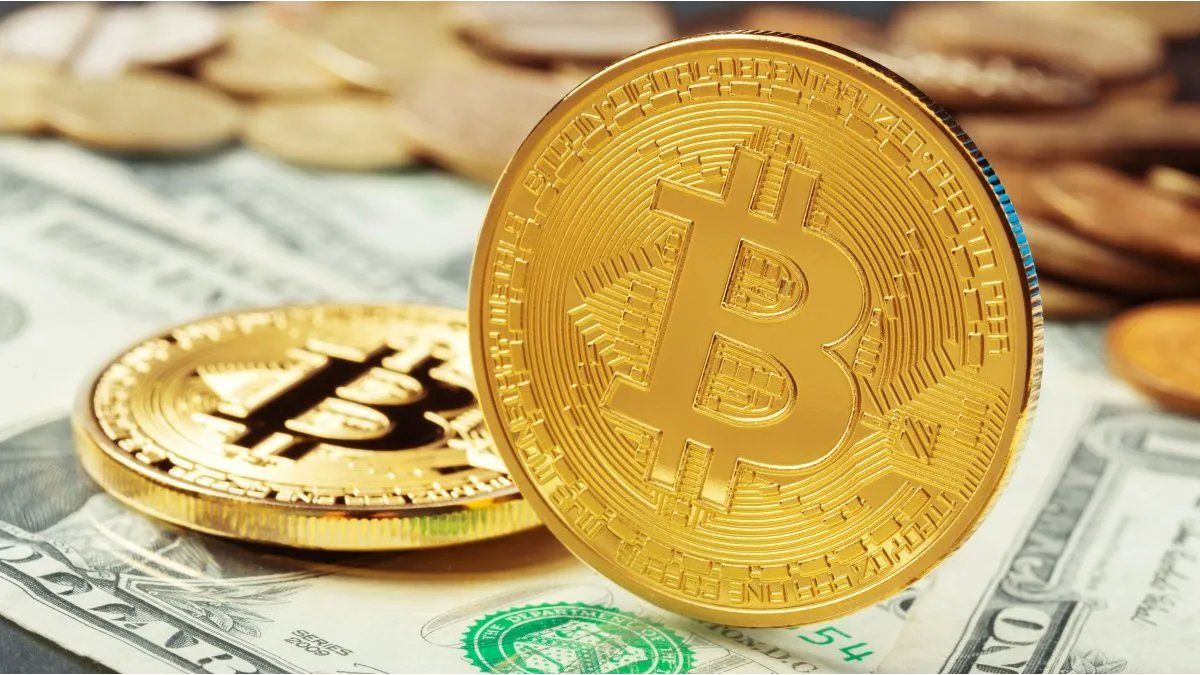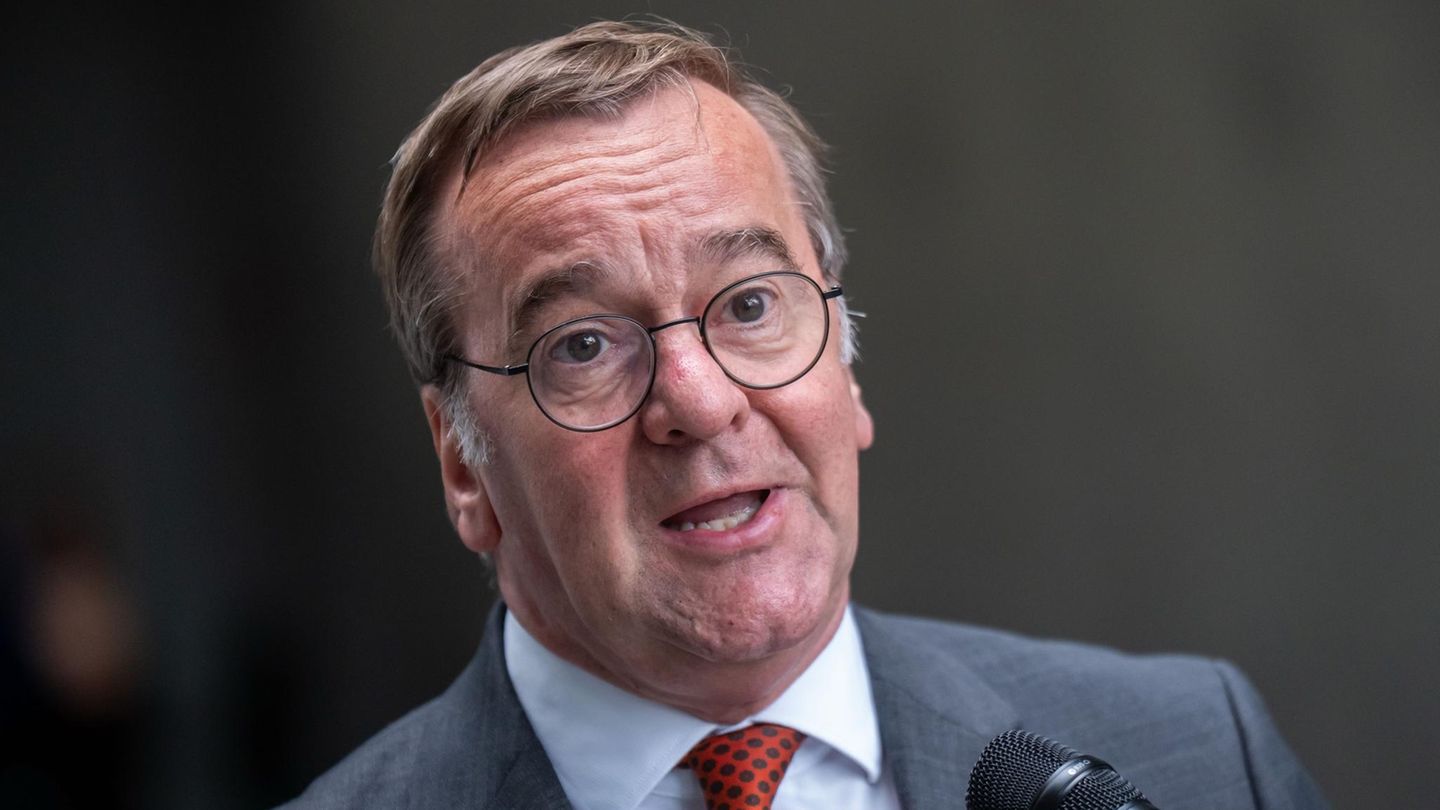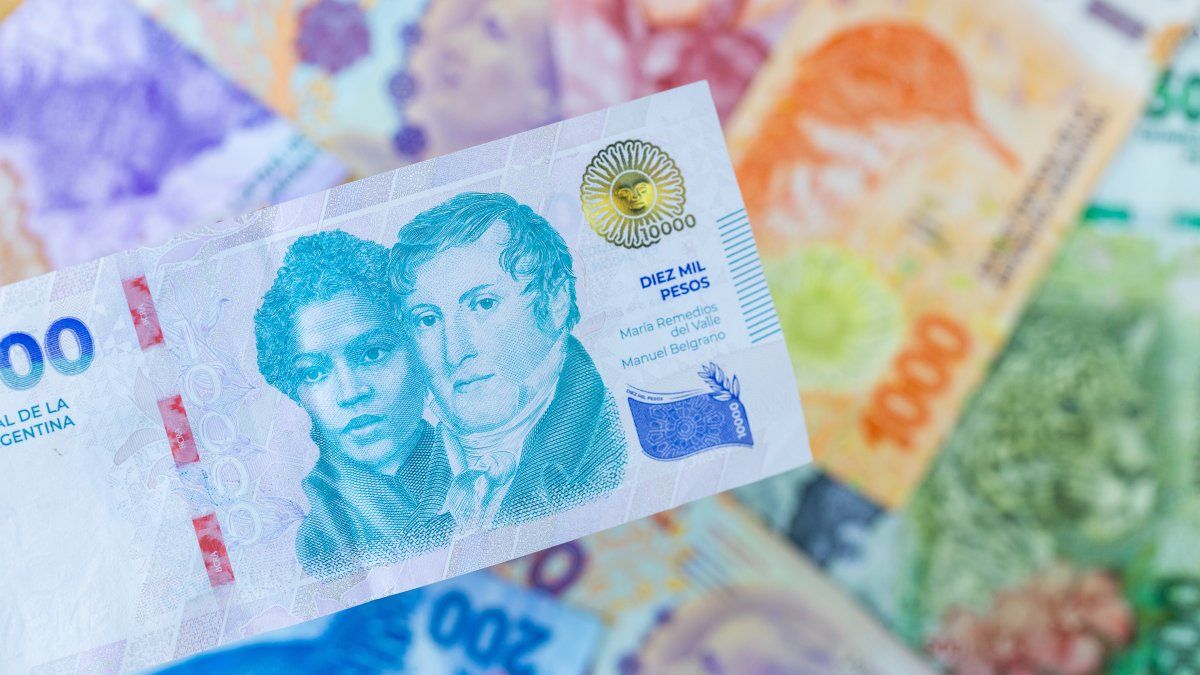This was revealed by a survey prepared by a virtual wallet, which also highlighted the growth in investment of the so-called “crypto dollar“, as the stablecoins that maintain parity with the North American currency.
The survey, conducted by Bitso, showed growth “of the level of knowledge and trust in cryptocurrencies among Argentines throughout the country, in the context of the general elections”. The study also showed a high predisposition to invest in the crypto dollar in an economic scenario of growing exchange tension and inflation.
In fact, in the run-up to the October 22 elections, 33.6% of Argentines stated that they have “a lot or medium confidence” in these digital currencieswhich represented 8 points more than in the week after the PASO in August and 7 points more than in September.
This increase in the level of “trust” occurred in line with a growth in the purchase of the crypto dollar in the run-up to the first round of the elections. “Bitso reported 60% more trading volume in the first half of October than in all of September and 20% higher than in Augusta month in which it had registered a record purchase of these assets in the context of the PASO,” the study explained.
“Month after month, we confirm an increase in knowledge and trust in crypto. The elections and the growing devaluation observed since the PASO in August, due to uncertainty about the next Government, led more people to evaluate alternatives not only for savings, but also for preserving their income from inflationthus becoming interested in the crypto dollar, which registered significant demand. This translated into greater confidence in these financial tools, available 24 hours a day, 7 days a week, without restrictions,” explained Carlos Peralta, Public Policy leader at Bitso Argentina.
In this scenario, according to data from the firm, in the first fifteen days of October there was a greater cryptocurrency purchase volume than the entire first quarter of the year: 85% of the currencies operated from Argentine pesos last month went to the “crypto dollar.”
Growth of “stablecoins”
As explained by the Buenbit platform, there are different types of stablecoins: some tied to national currencies, others to gold and even some to raw materials such as the barrel of oil. The most used in Argentina are those that follow the value of the dollar such as DAI, USDT and USDC. “This is explained by the obvious reasons linked to inflation and the devaluation of the local currency,” the firm highlighted.
“Stablecoins were created to provide an alternative to the price volatility of other cryptocurrencies, such as Bitcoin or Ether, second in terms of popularity within the crypto ecosystem.“, they explained from Buenbit, and detailed that “that value to which a stablecoin is anchored (called collateral) works as a backup for the guarantee mode.”
Argentine demand for stablecoins, which was evident especially during the first part of last month, may have peaked on October 10, the day the blue dollar surpassed $1,000 for the first time.
During that day, as explained by the CryptoMarket exchange, it was observed that “Of 100% of the cryptocurrency investments made by Argentine users, 70% went to USDT (digital dollar), 20% to BTC and ETH, while the remaining 10% was allocated to various altcoins.”.
In any case, as he assured Ámbito Guillermo EscuderoVP of CryptoMarket for Argentina and Peru, “although in October we saw MoM growth (month over month) of 50% in stablecoins and 100% in total deposits on the platform“We are in a process of uncertainty and stillness regarding what may happen.” “In any case, the stablecoin market has indeed been growing at a strong pace and we hope that in the coming months, and after the elections, this will continue to rise,” he concluded.
Source: Ambito




